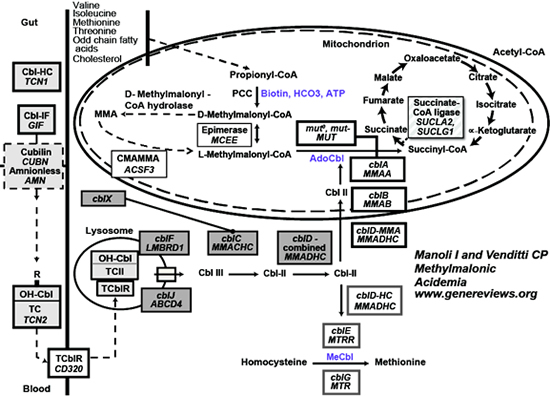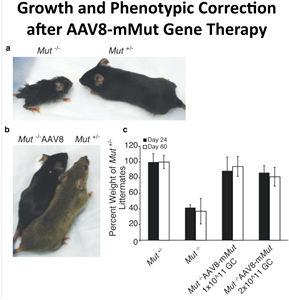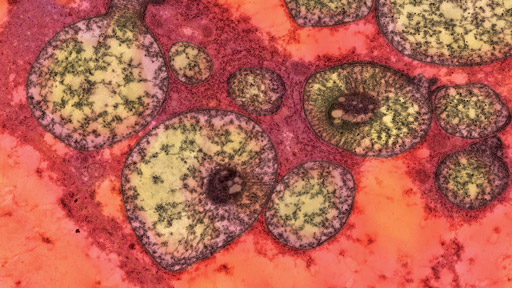
Charles P. Venditti, M.D., Ph.D.
Chief and Senior Investigator
Metabolic Medicine Branch
Head
Organic Acid Research Section
Director
Physician Scientist Development Program
Education
B.S. Massachusetts Institute of Technology
M.D., Ph.D. Pennsylvania State University
Organic Acid Research Section Staff

Randy Chandler, Ph.D., M.B.
- Staff Scientist
- Organic Acid Research Section

Susan C. Ferry, RN, B.S.N.
- Research Nurse Specialist
- Organic Acid Research Section

Lina Li
- Research Scientist
- Organic Acid Research Section

Eirini Manoli, M.D., Ph.D.
- Staff Clinician
- Organic Acid Research Section
Postdoctoral Fellows

Yoichi Wada, M.D., Ph.D.
- Postdoctoral Visiting Fellow
- Organic Acid Research Section

Oleg A. Shchelochkov, M.D.
- Staff Clinician
- Organic Acid Research Section

Jennifer L. Sloan, Ph.D., M.S.
- Protocol Coordinator and Genetic Counselor
- Organic Acid Research Section

Stephanie N. Smith
- Biologist
- Organic Acid Research Section
Postbaccalaureate Fellows

Camryn S. Hall
- Postbaccalaureate Fellow
- Organic Acid Research Section

Pauline Hoffman
- Postbaccalaureate Fellow
- Organic Acids Research Section

John Selser
- Postbaccalaureate Fellow
- Organic Acid Research Section
Last updated: November 8, 2023




